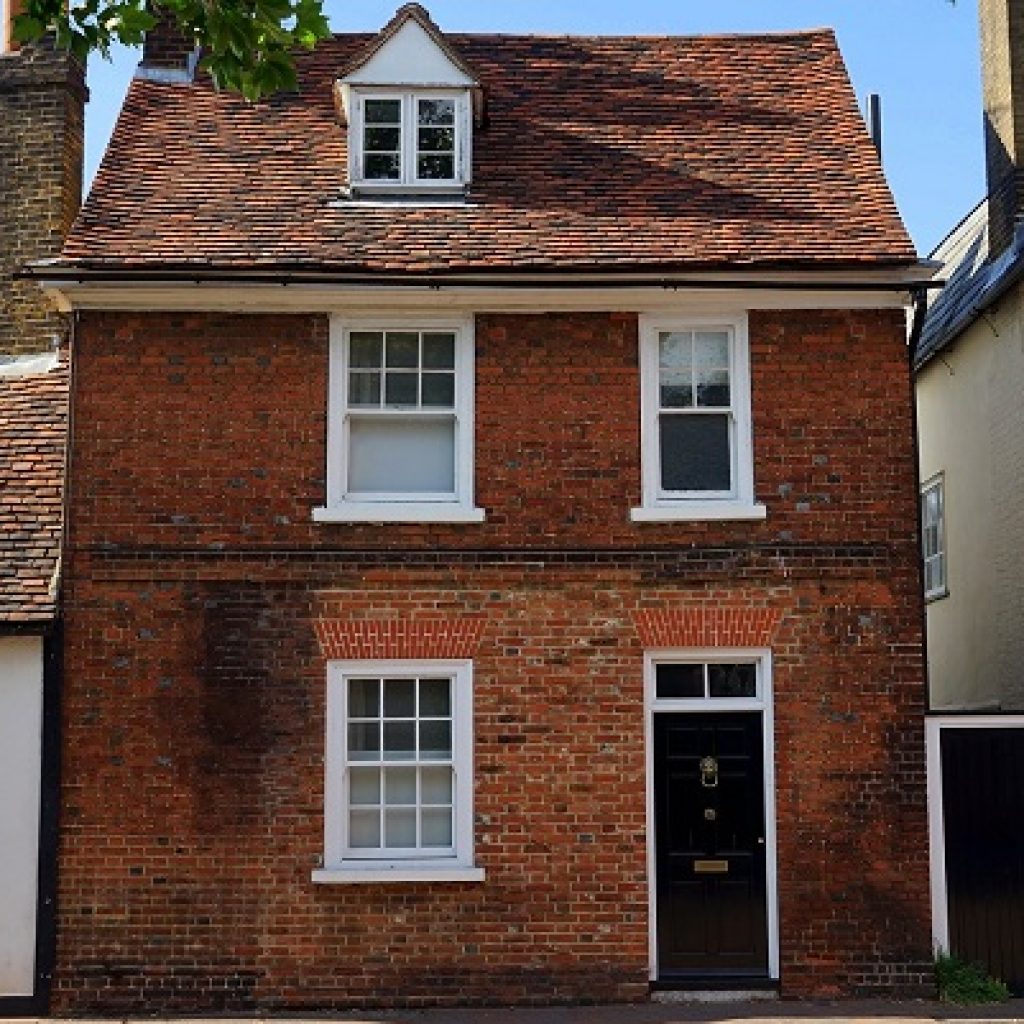Whilst the rate of property values rising in the wider market slows, first time buyers still face higher asking prices.
According to Rightmove, November saw asking prices decline by 1.1%, a statistic which led the online property portal to describe the market as “resilient”. The decline was less than the average for this time of year; a fall of 1.8%.
The last 12 months have seen the average asking price increasing by 4.5%. First time buyers felt this increase the most however, as they will usually be in search of properties with two bedrooms or less.
For this type of home, the average asking price rose by 8.2% over the last year, which was more than the 5.4% growth of so called ‘second-stepper’ homes. This was the only type of property which had price growth on a monthly basis. This followed the low levels of new property listings, as reported by the Royal Institution of Chartered Surveyors (RICS).
The North East of England was the only area which saw asking prices increase over the last month, by just 0.1% as stated by Rightmove. The South East saw a decline of 2% between October and November. On a yearly scale, the highest growth was in the East of England at 5.8%, followed by the South West, at 5.7%.
According to estate agency haart, the number of homes sold in October is 18.8% lower compared to the same month last year. The buyer demand and the number of homes coming onto the market also suffered a decline, its housing monitor found. For every new property that comes onto the market in the UK, there are nine potential buyers.
Homelet data has indicated that for the fourth consecutive month, rental growth has slowed. For new rents, the yearly growth rate is currently 3%.
Commenting on the slow-down was Chief Executive of Homelet, Martin Totty: “We know wage growth has lagged rental price inflation and it could be that we are approaching an affordability ceiling whereby landlords can’t attract tenants able to afford higher rents.
“It’s also a fact the average duration of a tenancy is increasing and our data suggests this has now increased to twenty-eight months on average: that might suggest landlords are valuing the security of a reliable tenant and accommodating their wish to remain in the property for longer.”




















